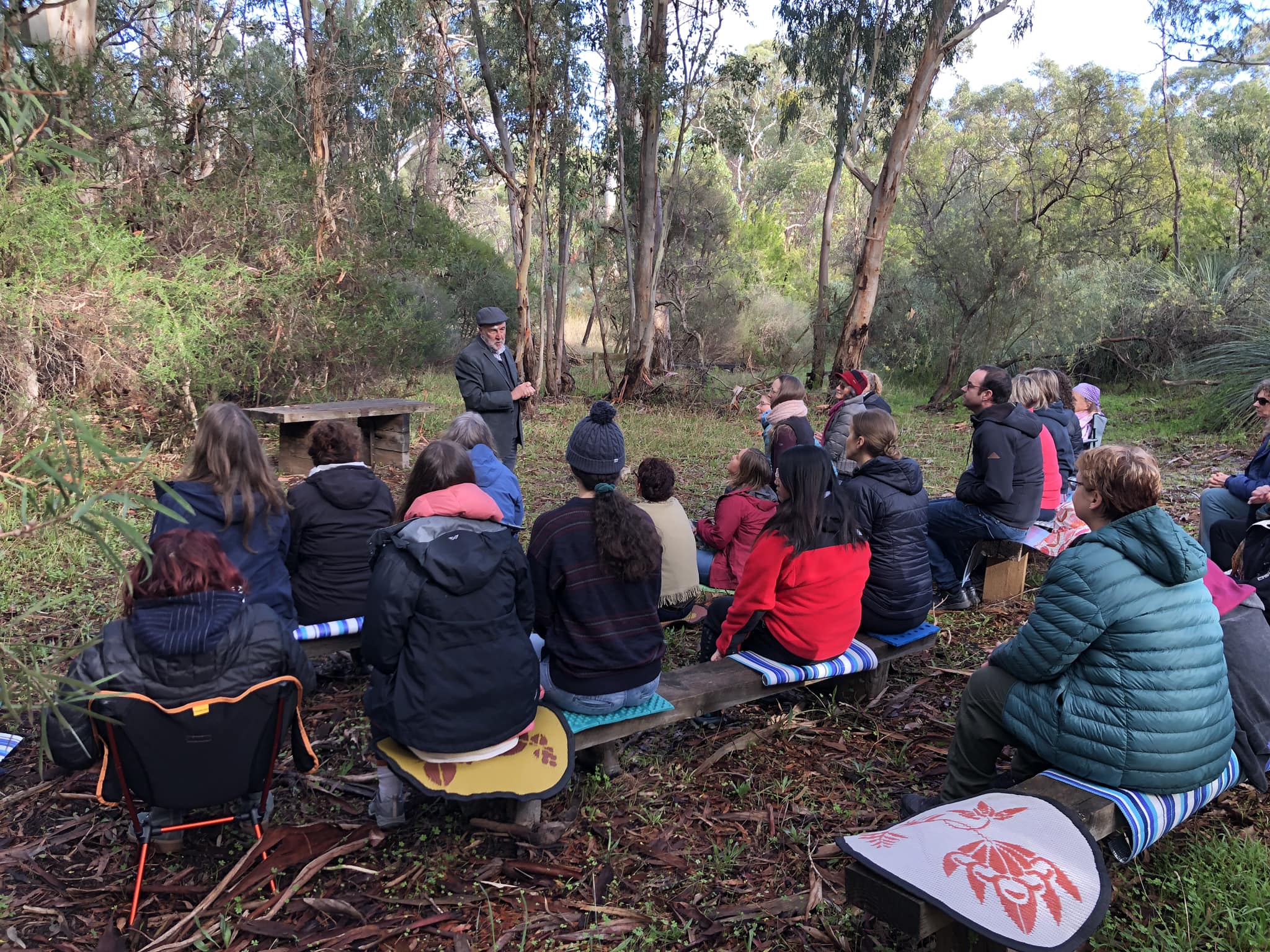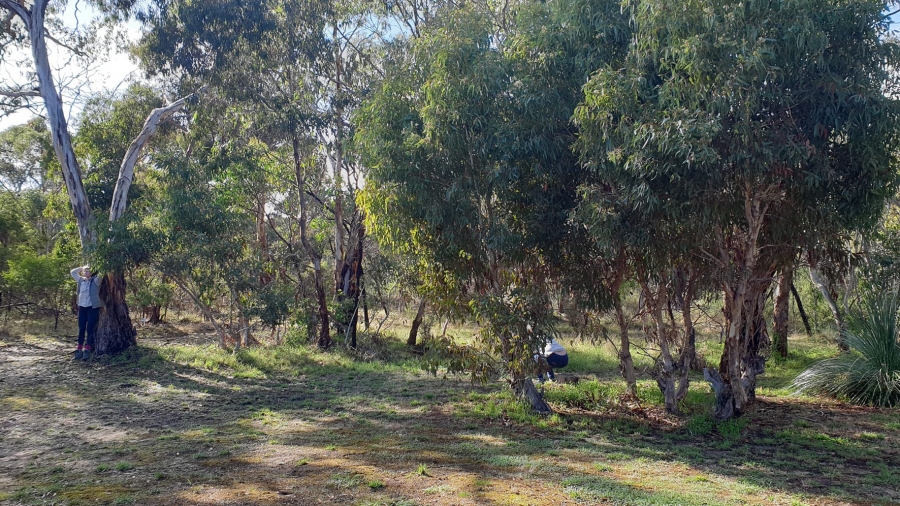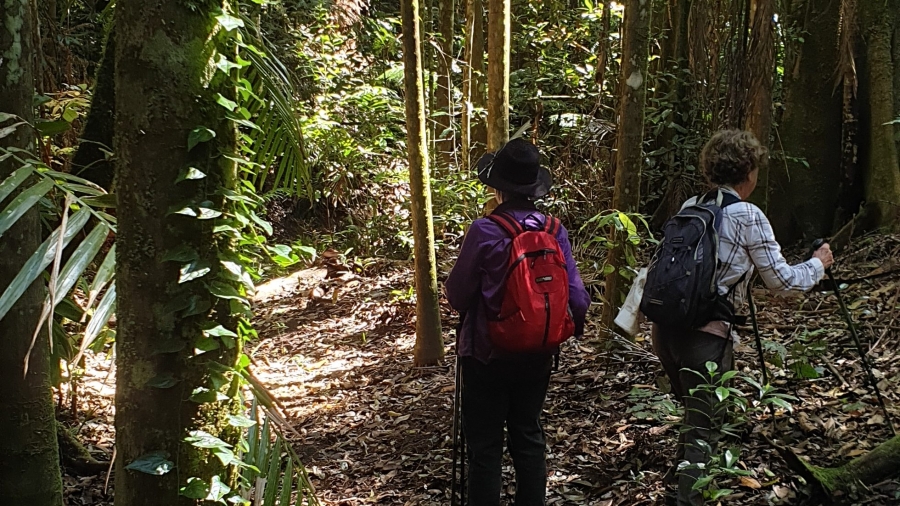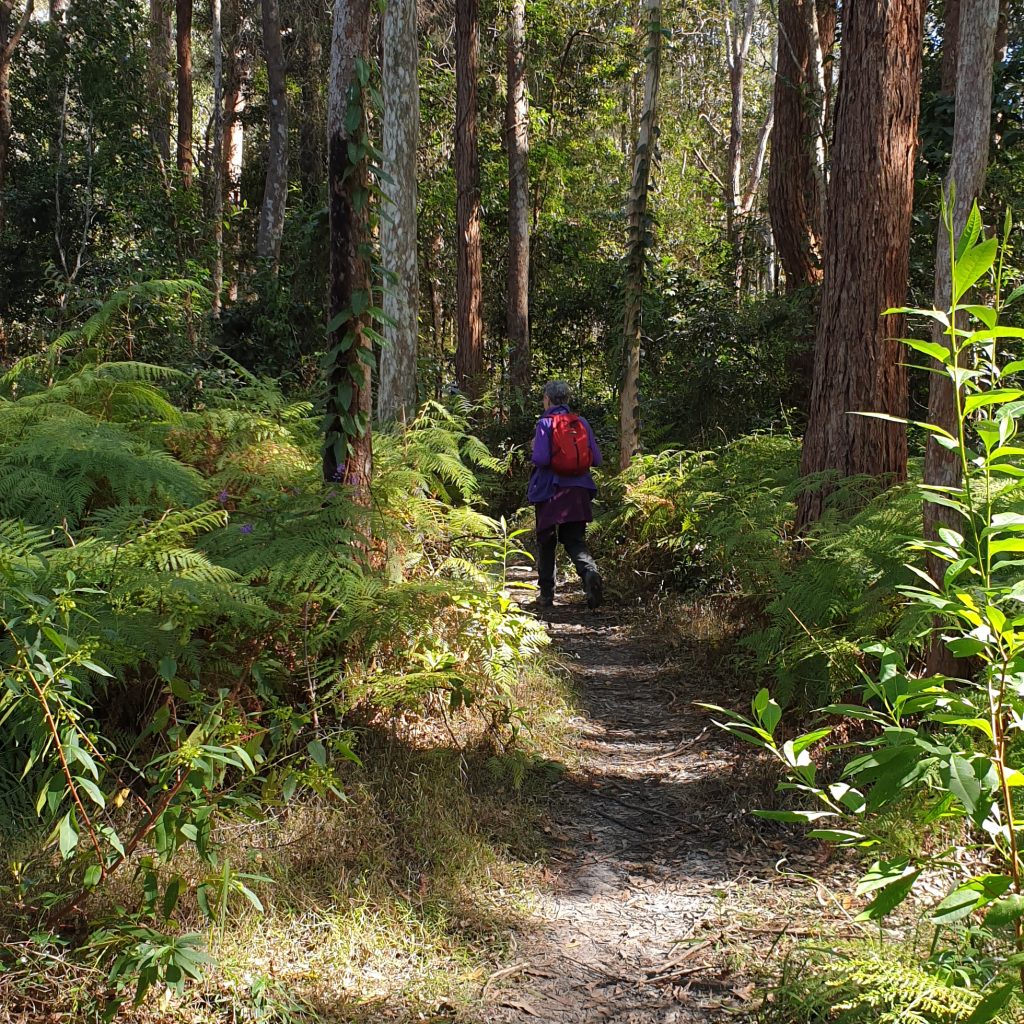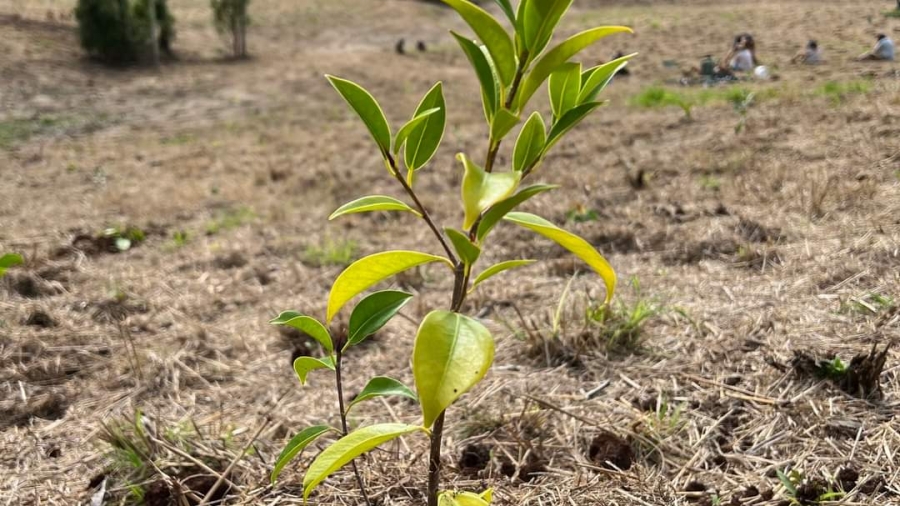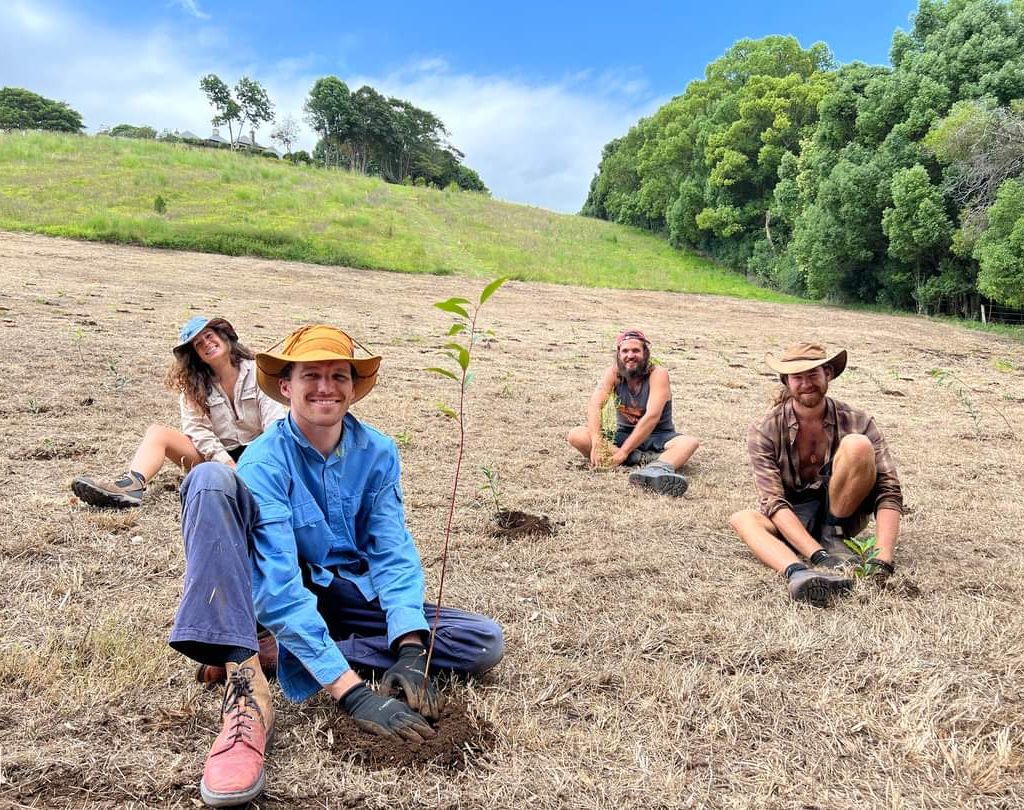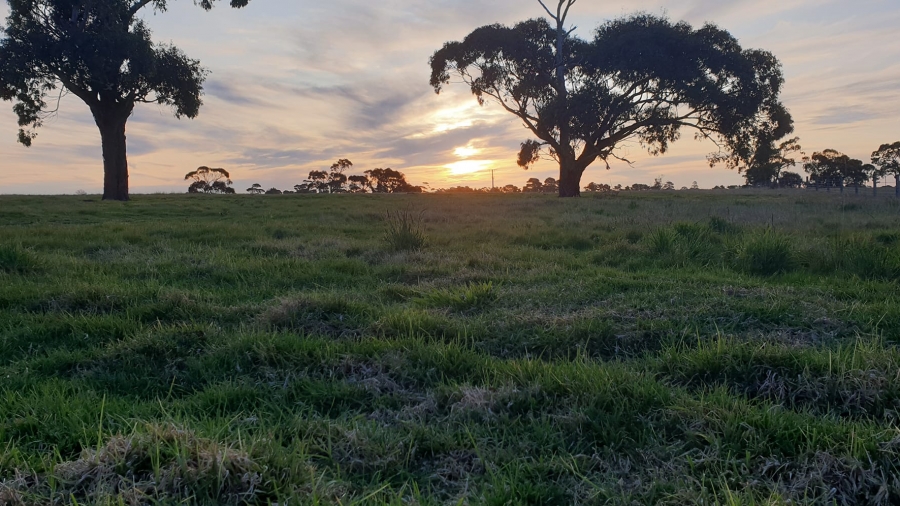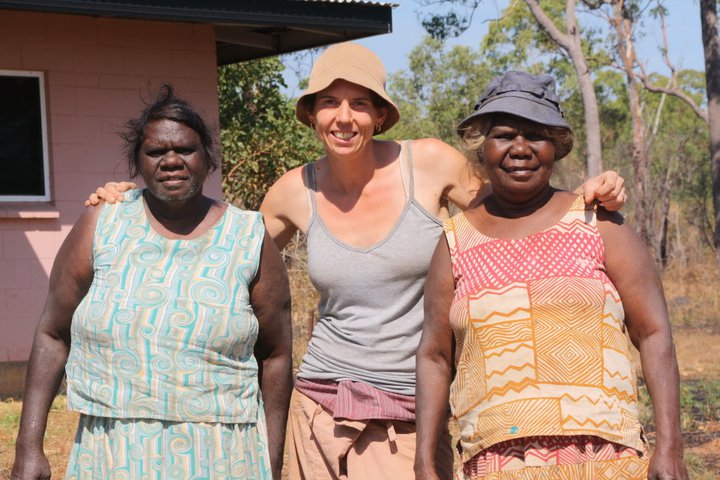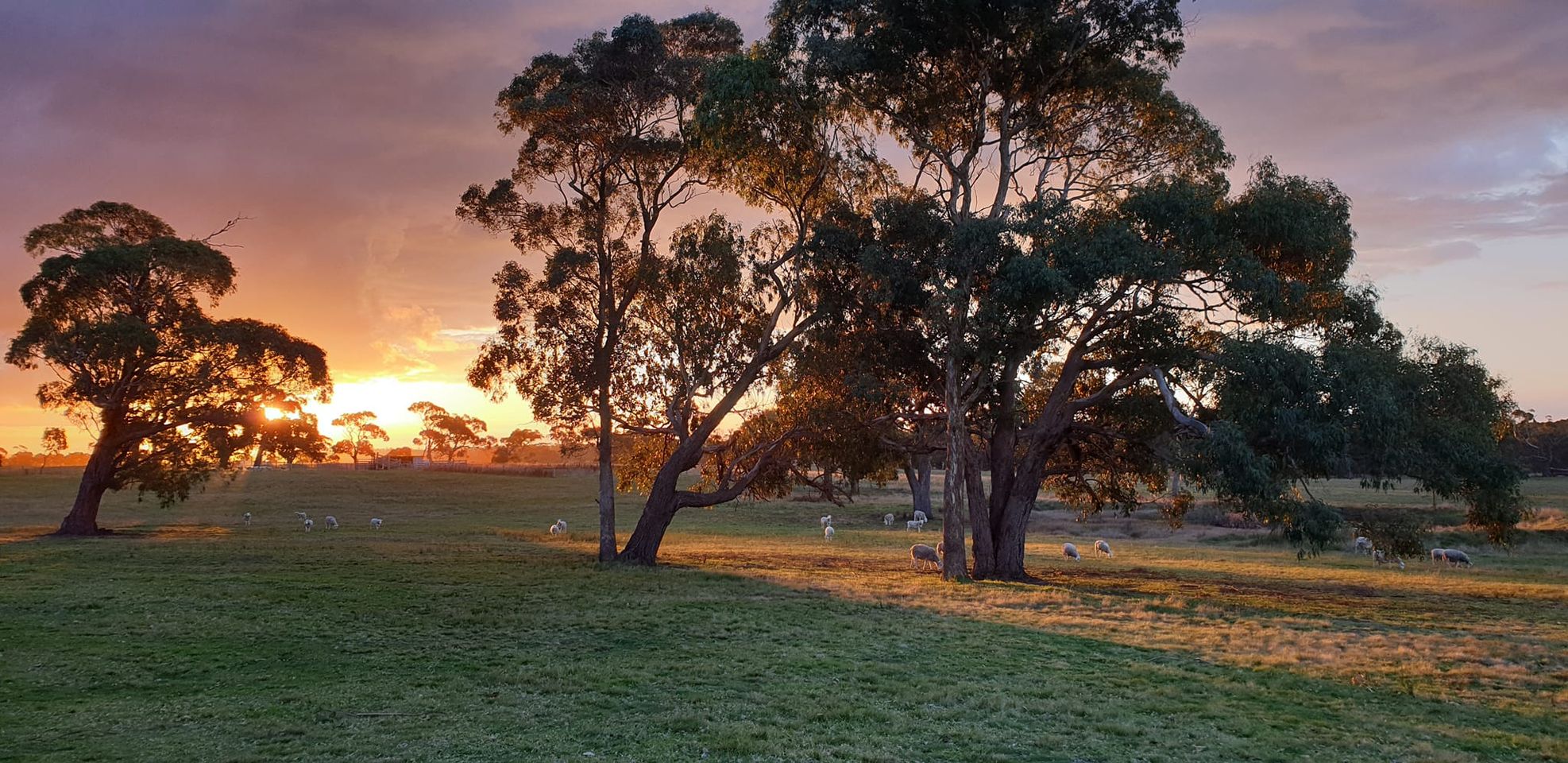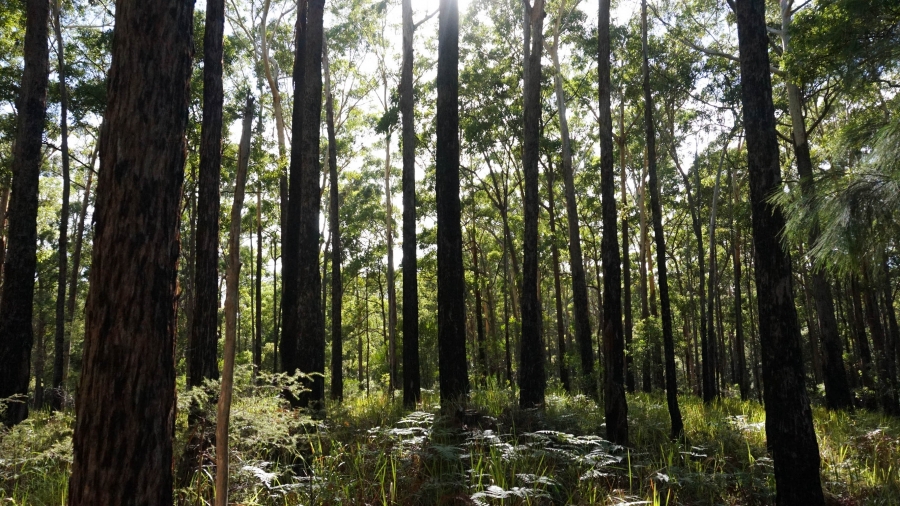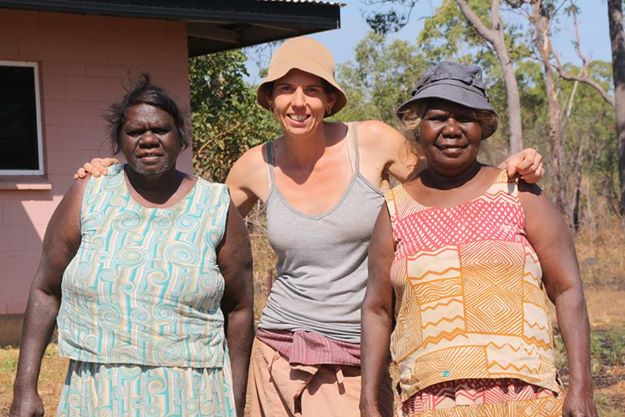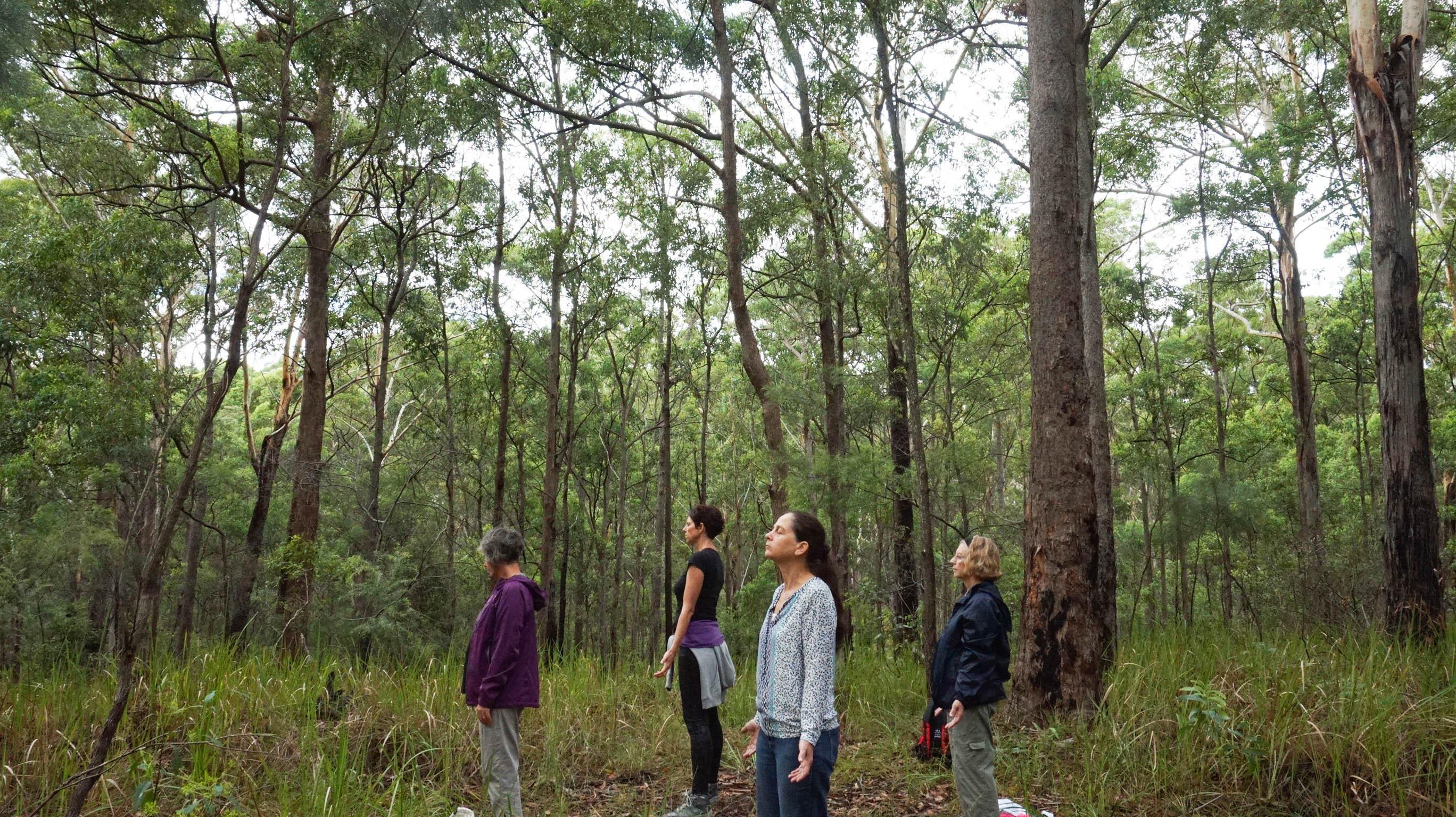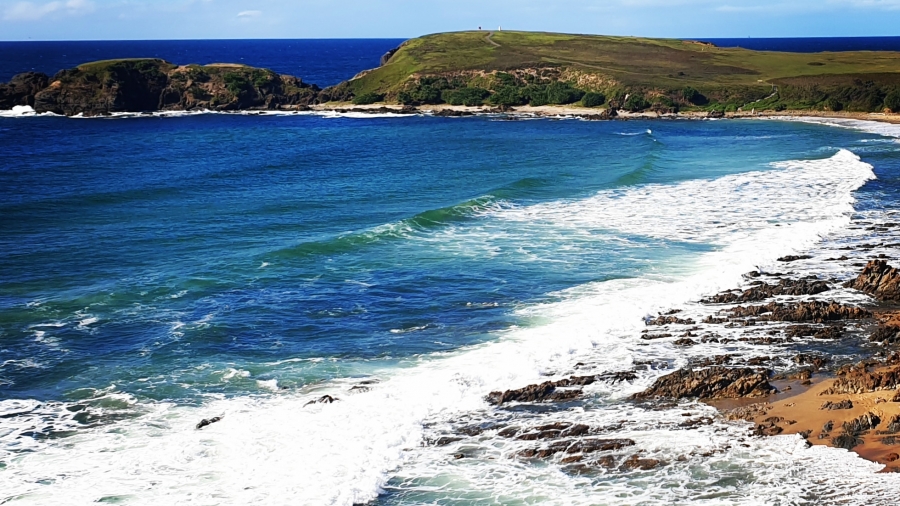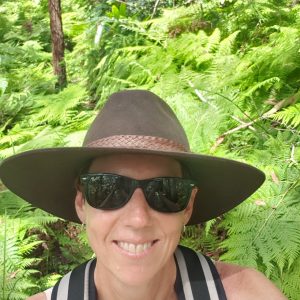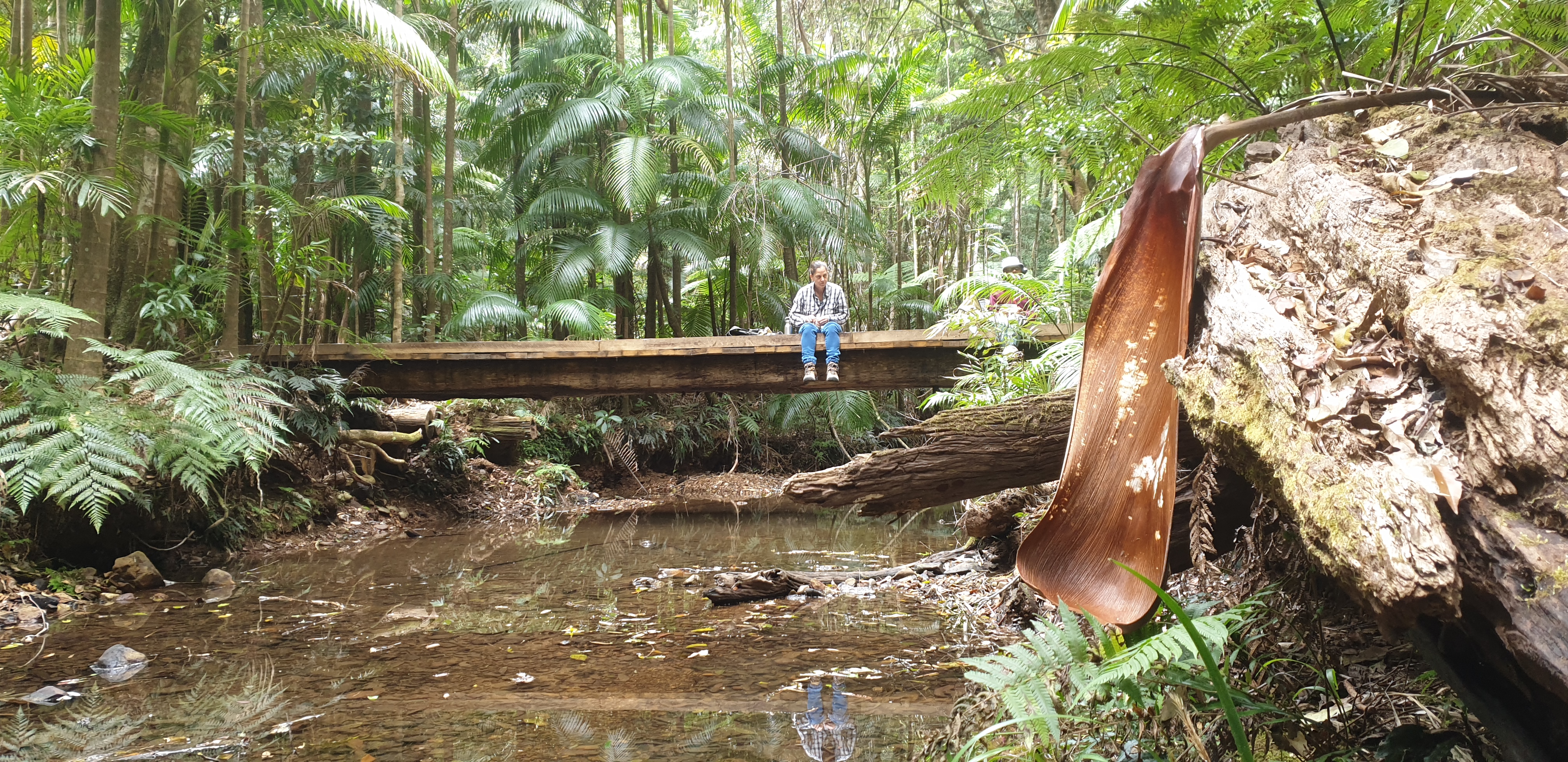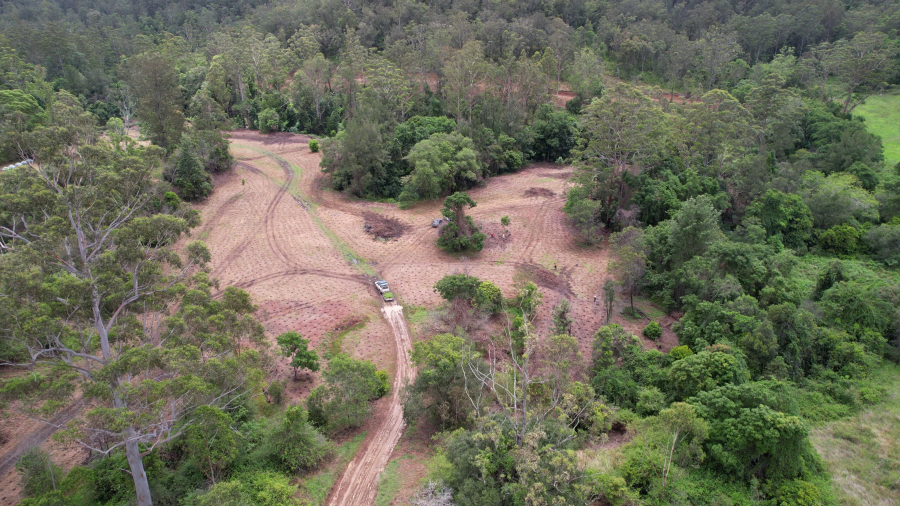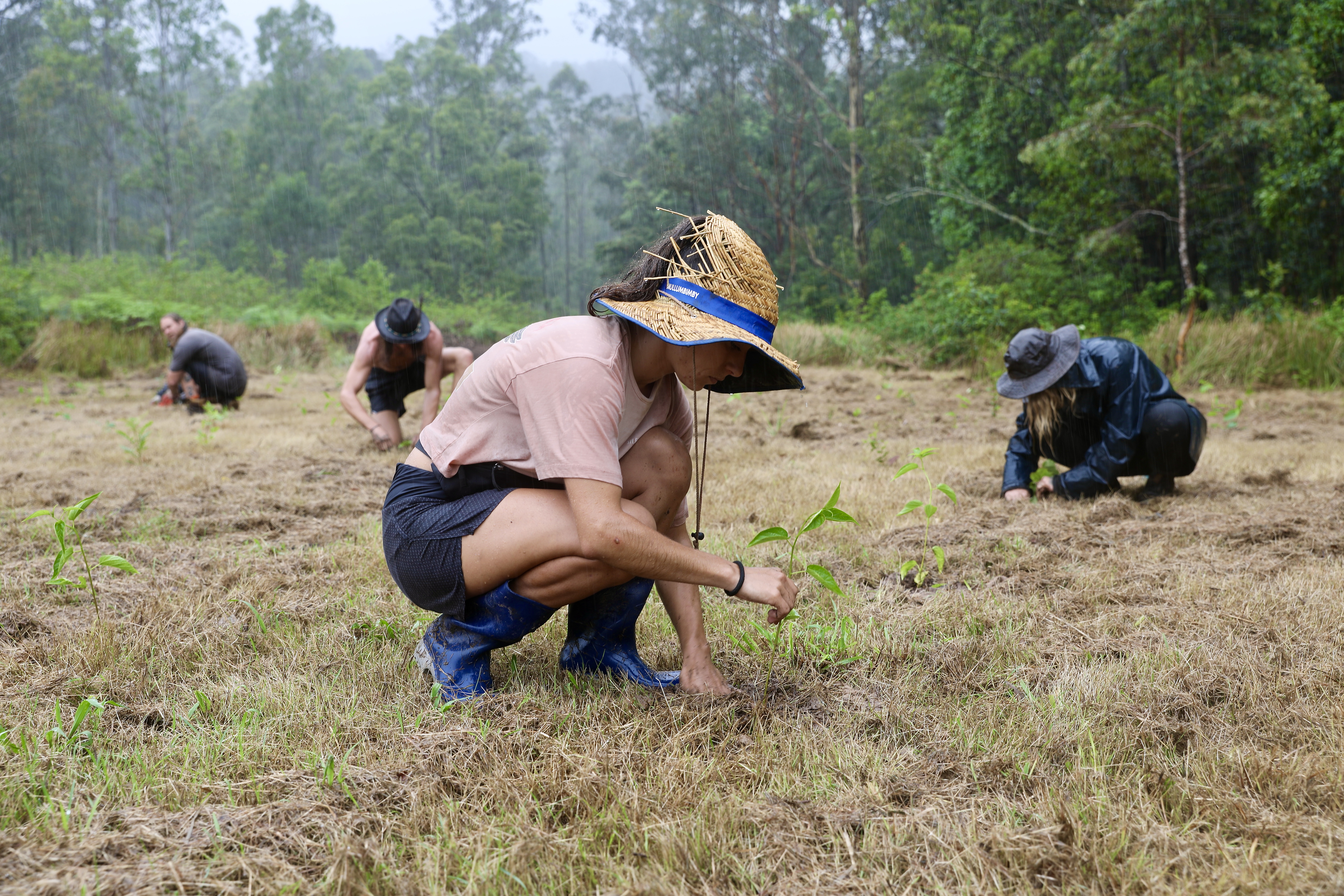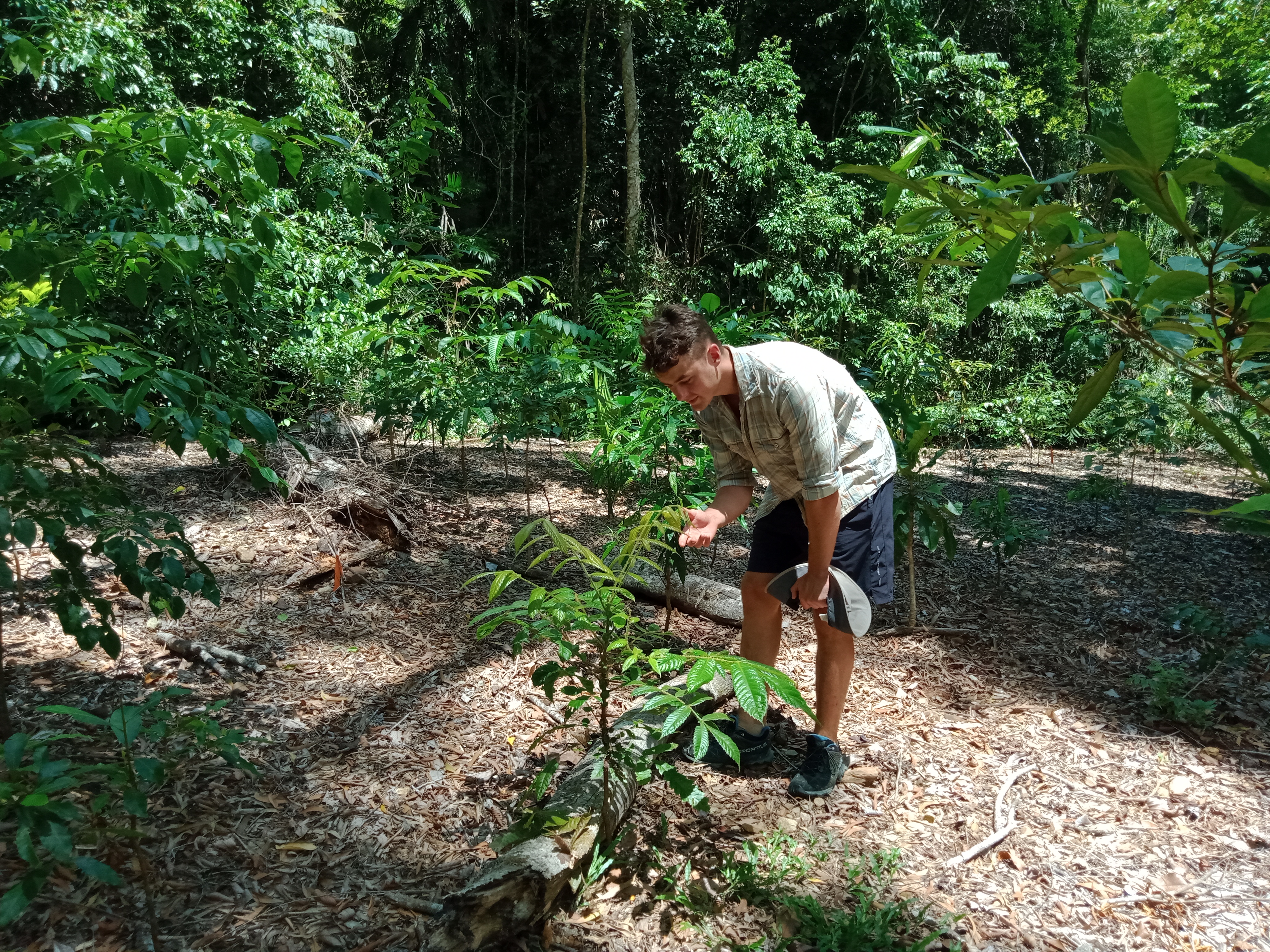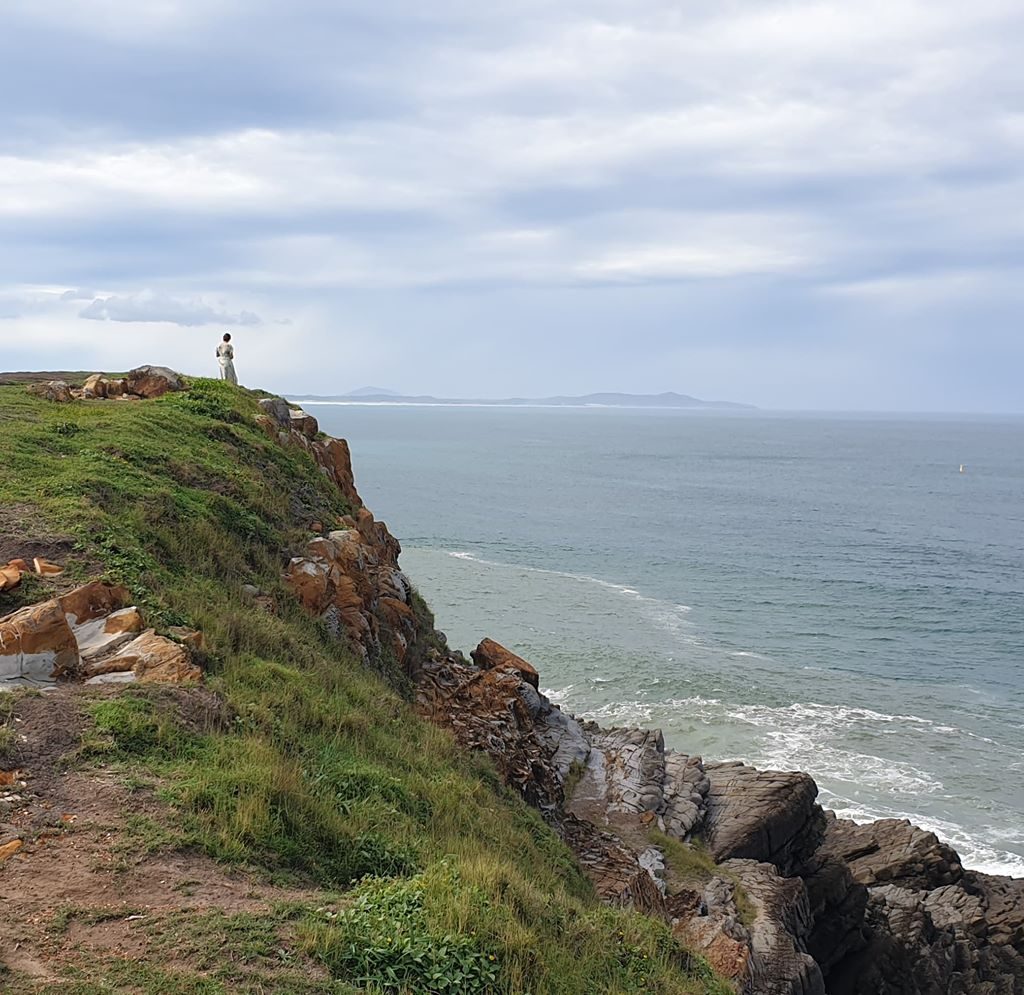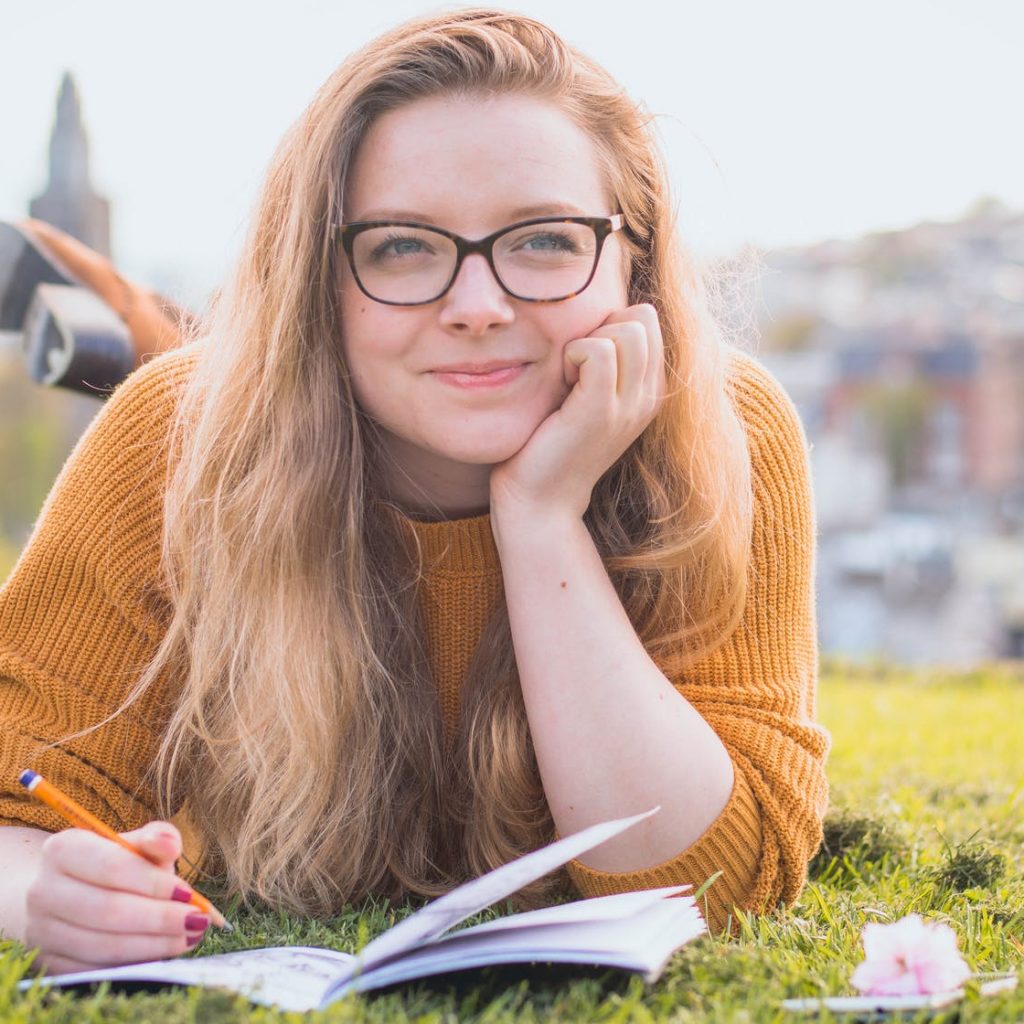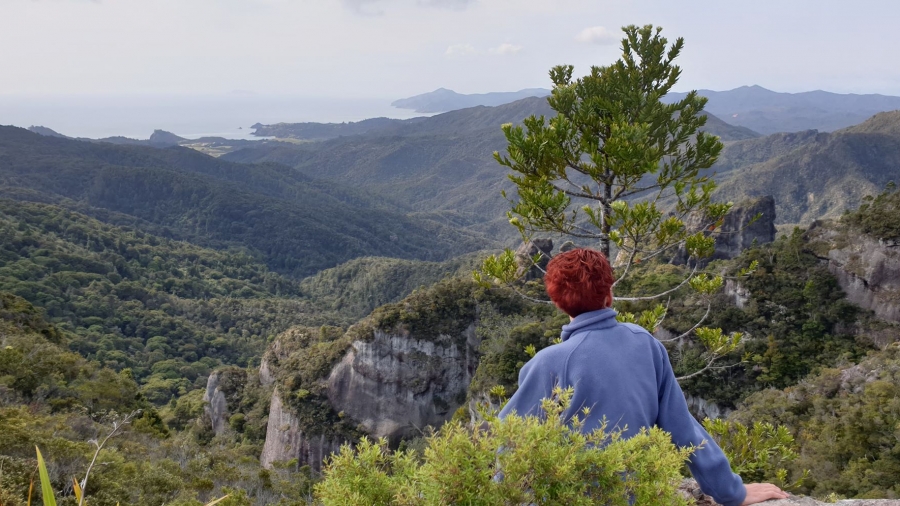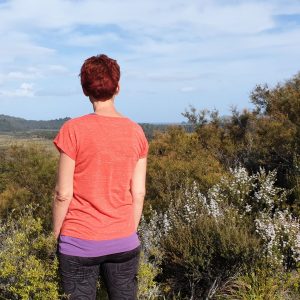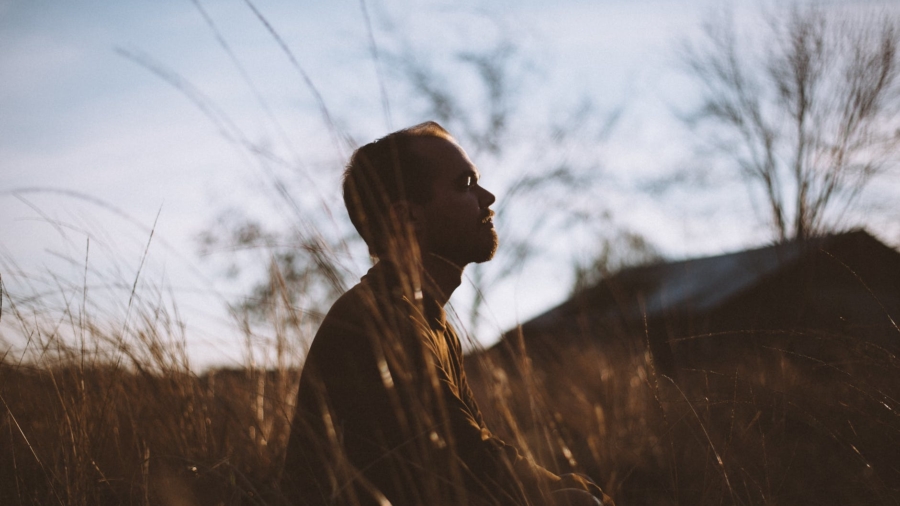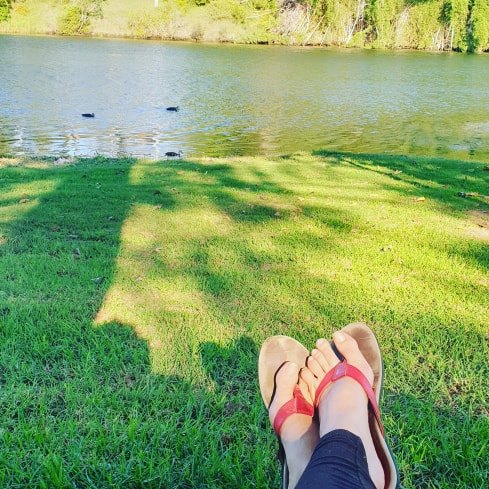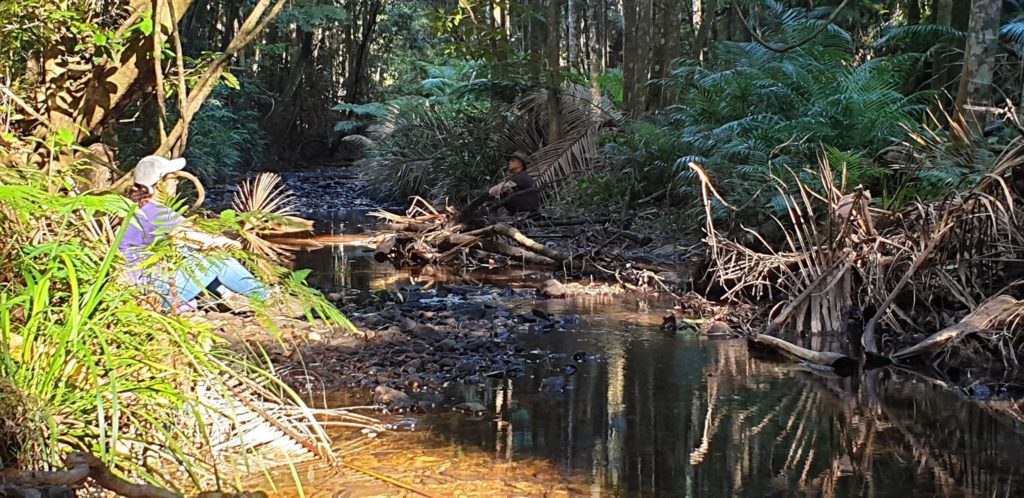Dear Mother Nature,
Thank you for your warm embrace when we arrived at Douglas Scrub in your gorgeous Adelaide Hills, surrounded by vineyard-filled colours of autumn. It must have been a bit of a shock to have 30+ humans arrive unannounced, however we took great care not to impact on your delicate mossy surfaces and green leafy expanses.
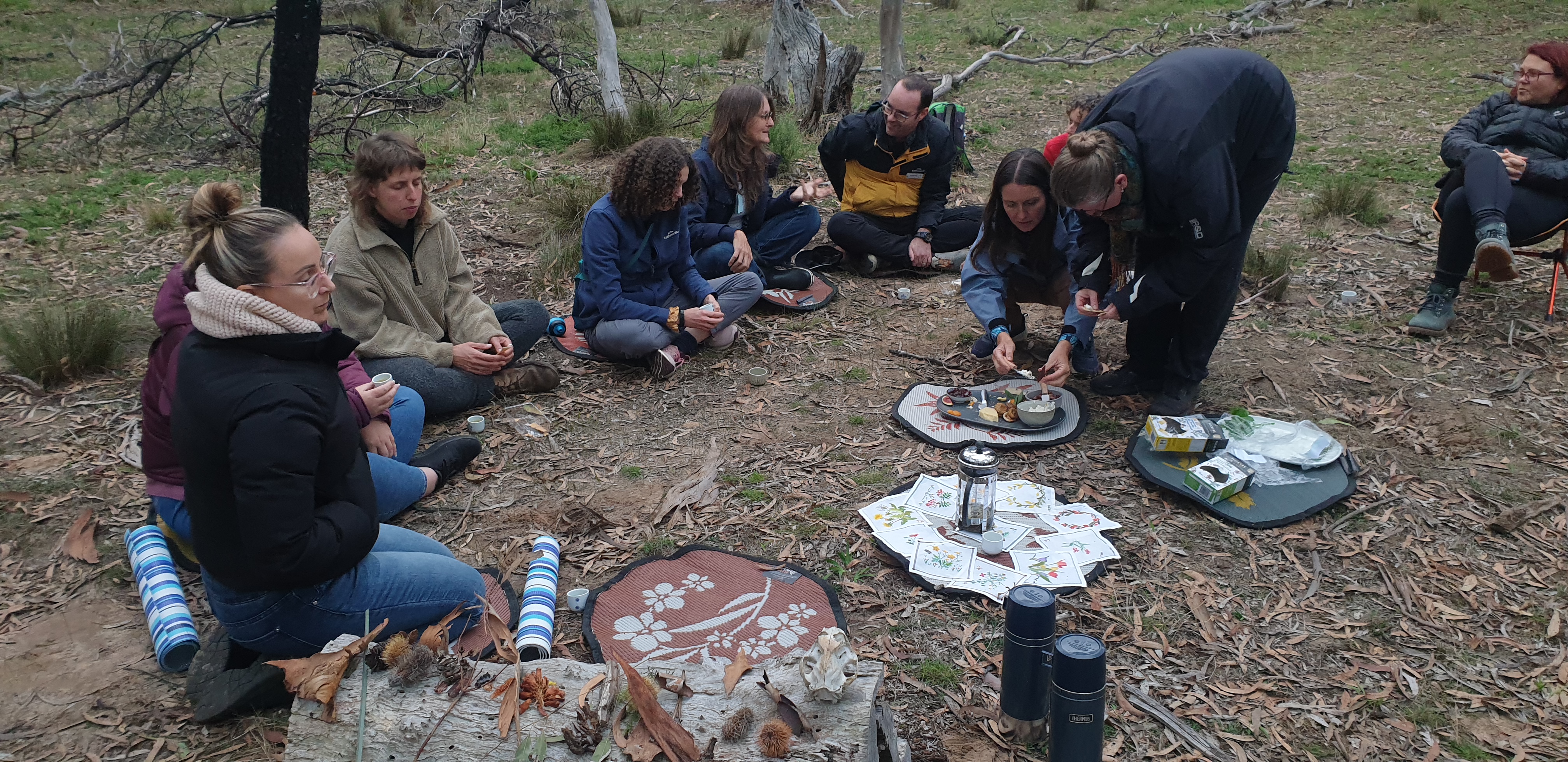
As always you filled us with awe, wonder and surprise – the friendly woolly sheep that greeted us, the glowing moon that invited us to sit still in your cool night air, the shooting star and blue wren appearing as if on your cue, the symbolic messages of the right path to take towards freedom, and cuddly koalas slowing us down. When we experience unique moments like this it reminds us of the deep love and respect we have for you, and it brings up grief and sorrow at your destruction at the hands of our species. We feel both your delight and pain.
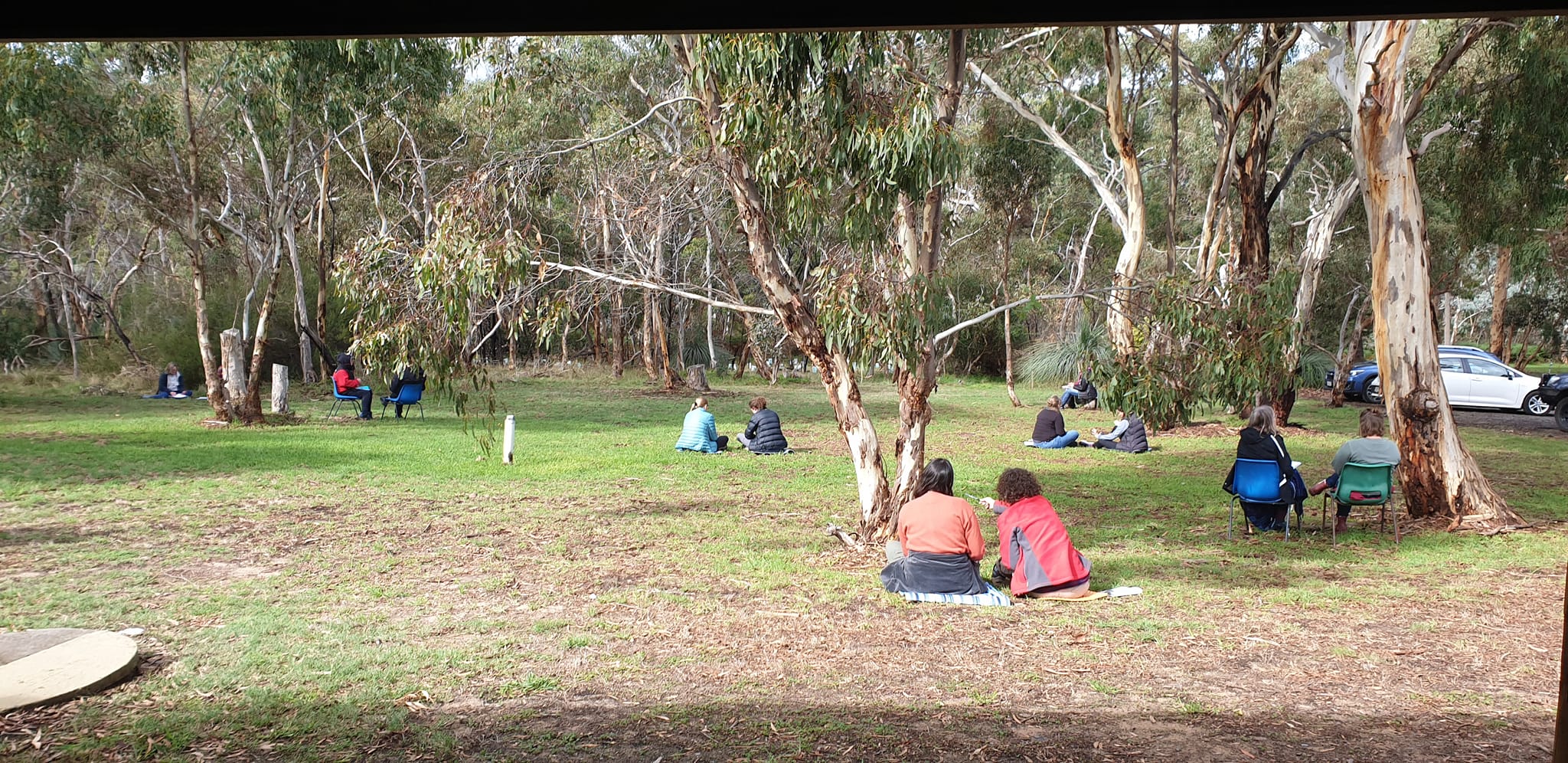
We will be forever grateful for the opportunity to gather on your land with like-minded souls to explore our partnerships with you, as we work to influence change in the lives of other humans. We came from many disciplines – social work, occupational therapy, psychology, physiotherapy, counselling and others from the health and wellbeing sector. We shared our experiences, stories, practice approaches, tools and strategies that we have learned by spending time in your presence. We have seen the magic that these interventions have offered our clients who are struggling with grief, trauma, pain, physical health issues and mental health struggles.
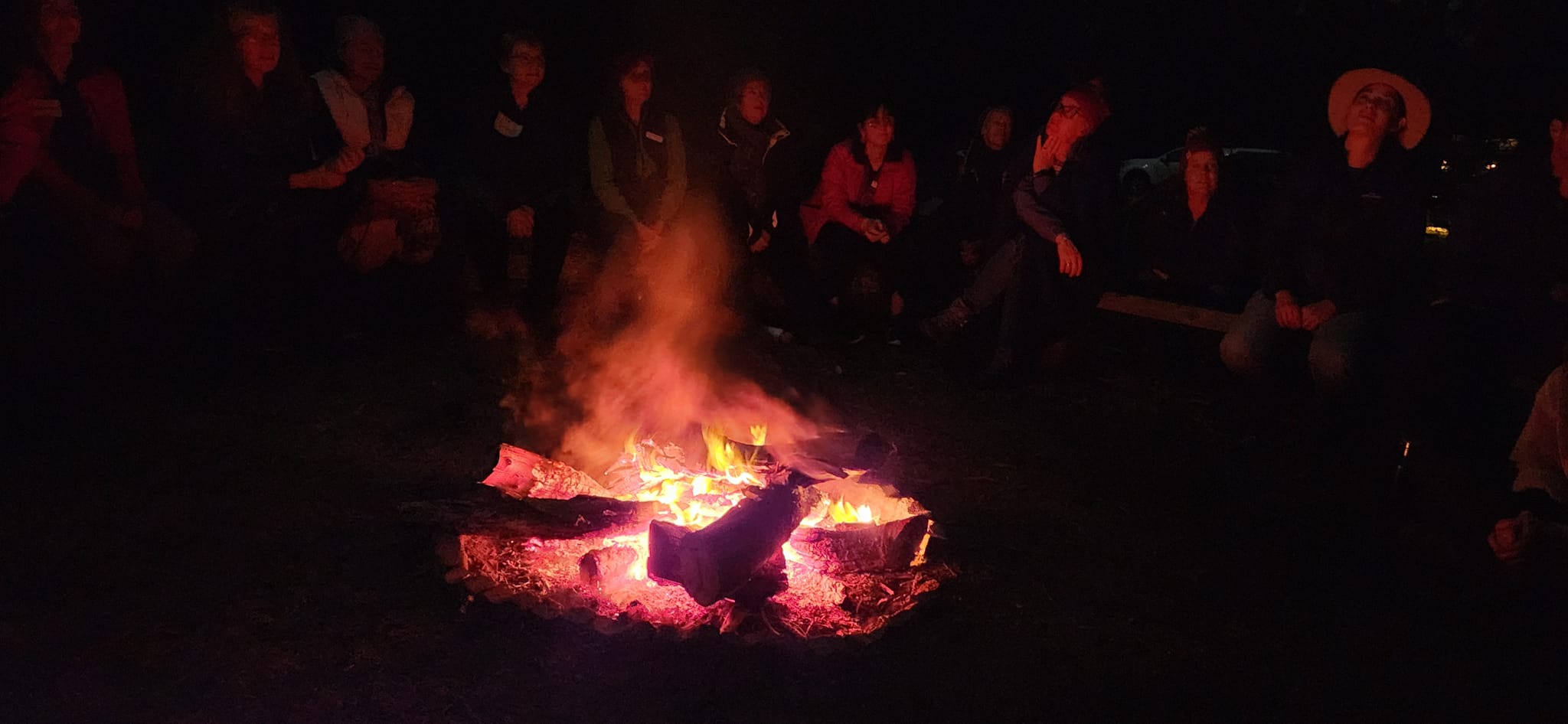
We opened our hearts, minds and bodies and were flooded with sensory experiences to ground, calm and relax as well as invigorate and activate. We relished the gifts you offered to satisfy our bellies and nurture our health and wellbeing, a delicious spread of nutritious food grown in your soil and spoils of damper dripping in butter and syrup, baked on hot coals. Our sense of community was enriched as we gathered in ceremony to drink bush tea and honour you.
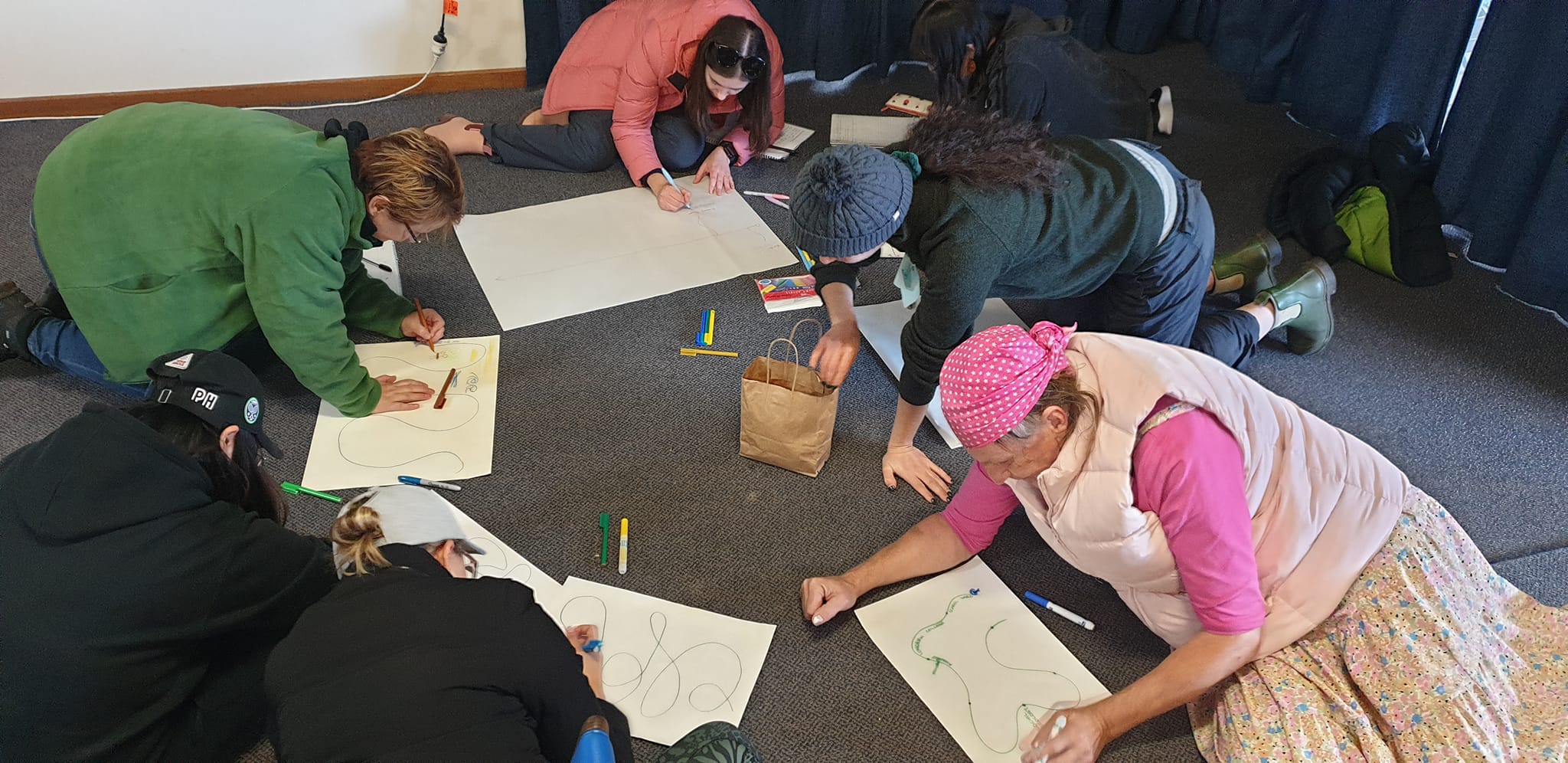
We gave thanks and acknowledged the First Nations folk on your country – the Kaurna – who have cared and nurtured you for longer than our imaginations can contemplate. We have reflected on the significant events and people in our lives that have contributed to our environmental identity and are grateful for all that has led us on this journey. We stood in admiration of your resilience and strength to face hardship head on, like the tree that refuses to be strangled by the vine.
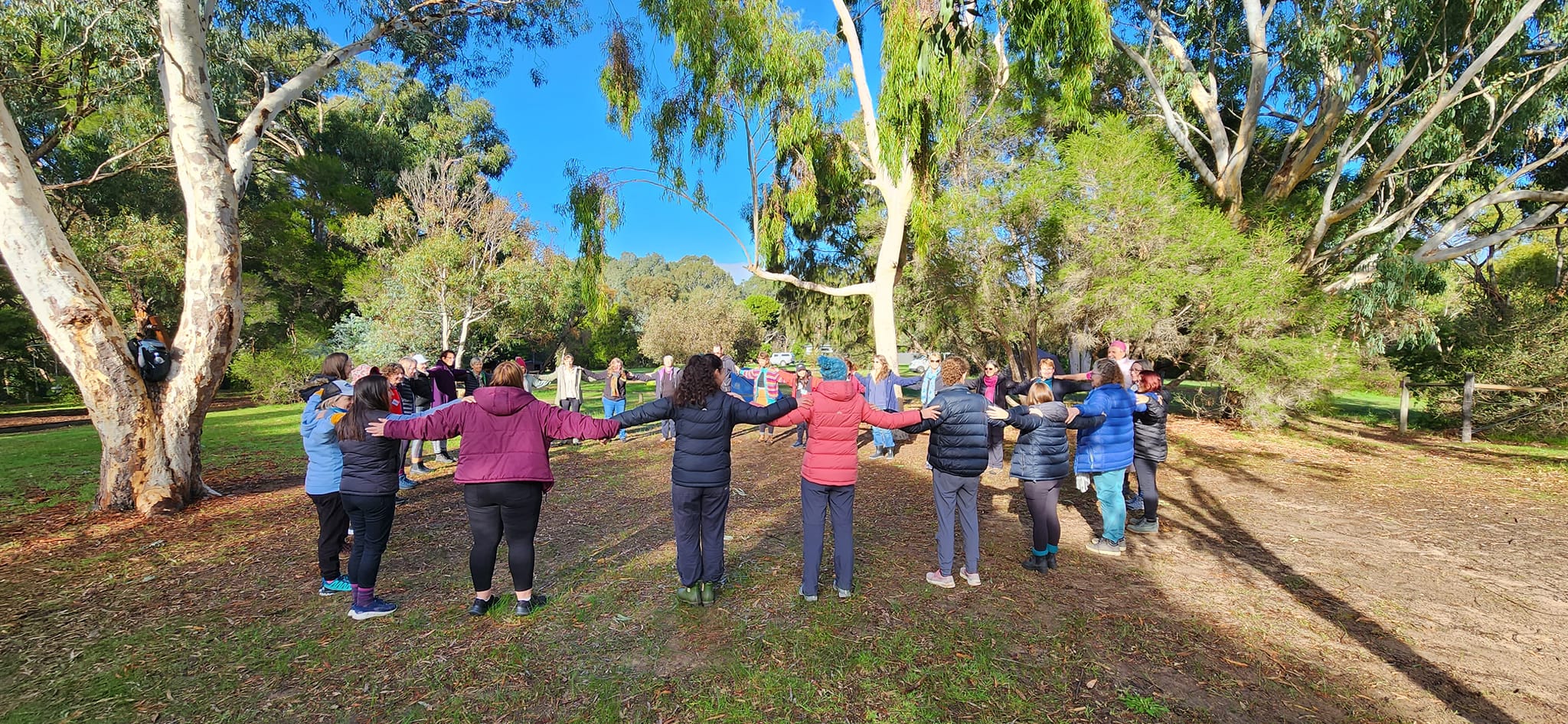
Sometimes we forget just how important it is for us to connect with you each day, even just for a moment, to sustain our own health and wellbeing. We hope that we will see the signs you give us, to wake us up again, if we are stepping down the road of burnout or compassion fatigue.
Our experience on your country over these four days has taught us how to trust in you and ourselves, knowing you will always be there offering your unwavering support through the moments of uncertainty and risk.
We go out into the world taking all that we have learnt from you. And in the spirit of mutual reciprocity, we give back to you with head, heart and hand.
With gratitude,
Lucy
Dreamer, Storyteller and Co-Facilitator of ‘Nature As Co-Therapist: Learning and Immersion’ (May 2023, Blewitt Springs, S.A.)
